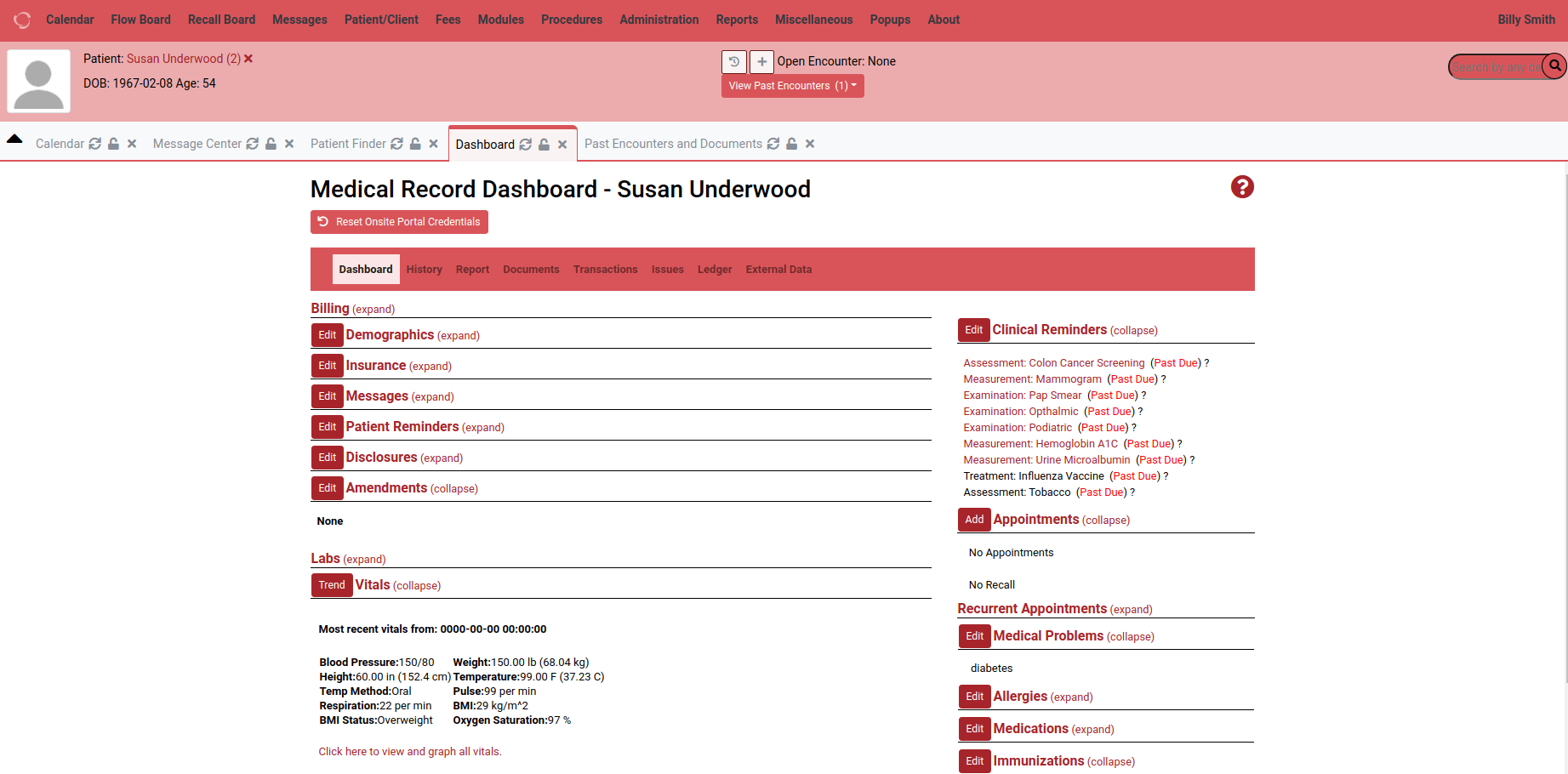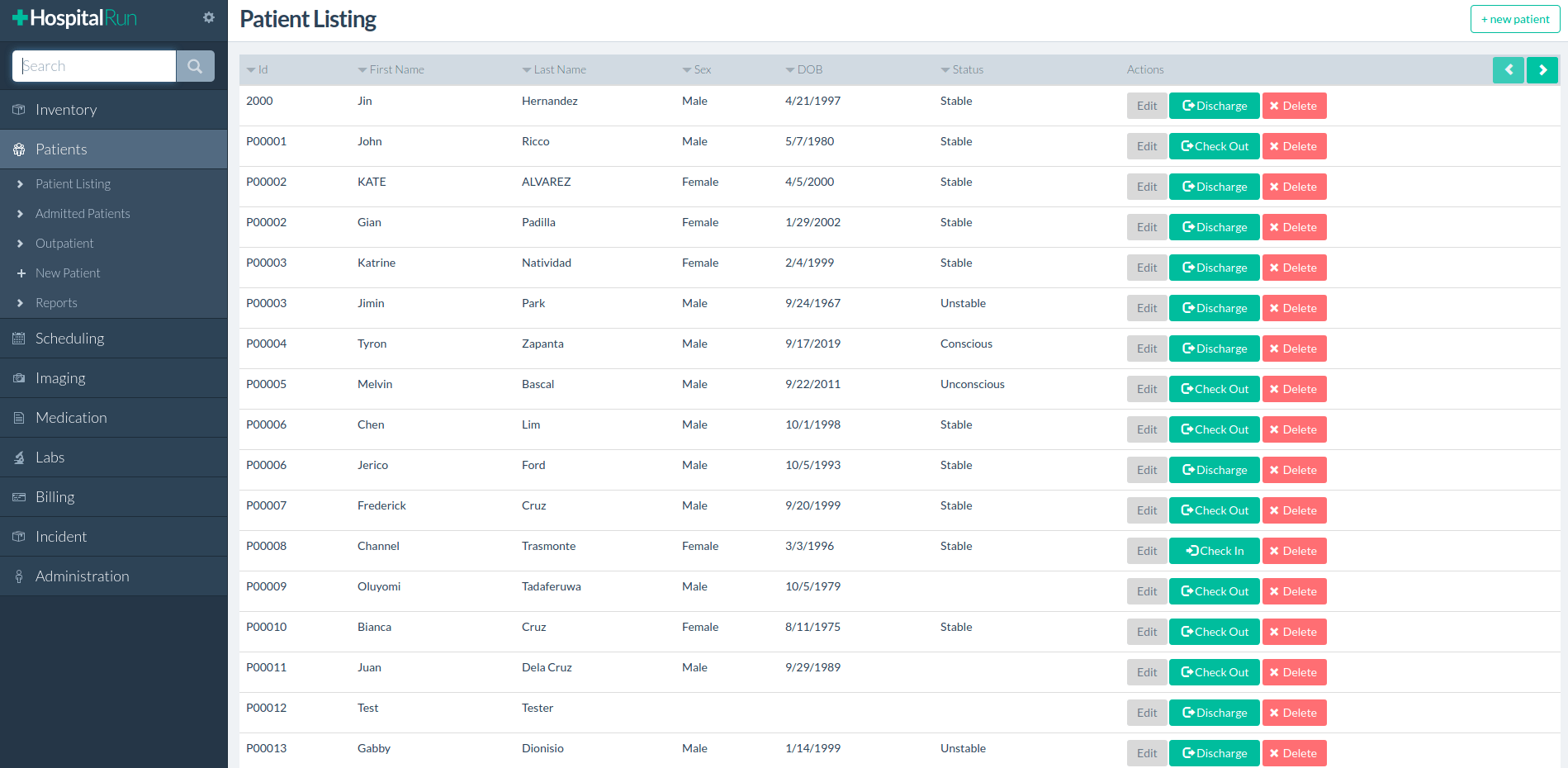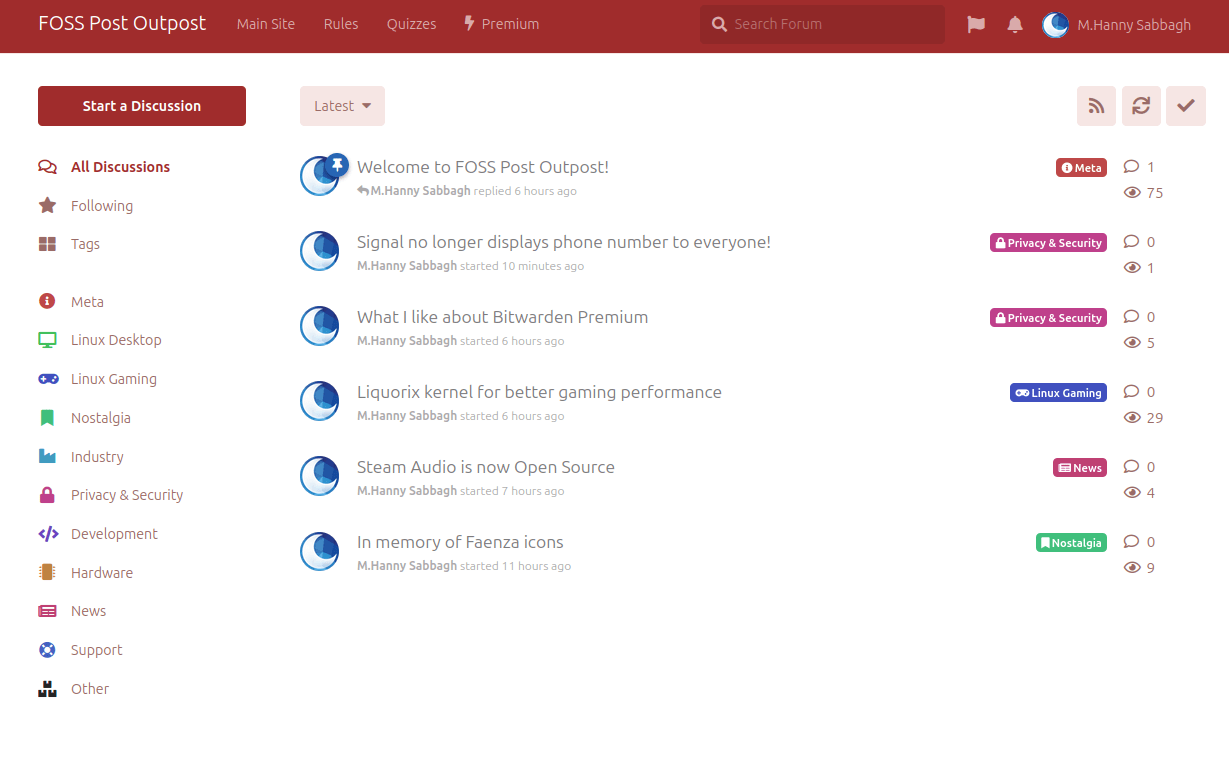Health institutions all over the world are using EMR (Electronic medical record) systems to carry on their critical daily tasks. There are lots of choices out there, but of course, many of them come with a heavy price to pay since they are proprietary.
Nonetheless, there are many good open-source EMR software that meet international standards and can be trusted with your patient data.
If you are managing a hospital infrastructure or a clinical unit, then you do not need to pay for premium licenses for mainstream EMR systems. Instead, you can use these open-source EMR systems to get larger benefits.
Table of Contents:
What is Electronic Medical Record (EMR) Software?
An EMR software, also known as Electronic Health Record (EHR), is a special program designed to store, manage, process and manipulate electronic records of patients’ medical history and information. Think of the programs needed in each hospital to manage the list of patients, their medical information (medical issues, symptoms, treatment dates, other information… etc), and other related data.
We call these programs “Electronic Medical Record” programs, also known as EMR.
EMR software are extremely useful for the health sector, because the digitalization of medical records saves time, cost and effort for both doctors and patients. EMR can be thought of as an alternative to a paper chart of a patient.
Using an EMR is a must in any hospital or clinic in today’s world, so that medical information can be stored and accessed at any time when needed, especially with the increasing number of patients.
Open Source EMR Software
Just like in any other category, open source EMR’s minimize the costs needed for deployment and also enable developers from outside to modify the system according to their needs. There are many benefits to using an open source EMR instead of a proprietary one.
Today, we’ll review some open source EMR systems out there, and see what possible features they might have.
1. OpenEMR

OpenEMR is built with PHP and can be used with LAMP Stack (Linux, Apache, MySQL, and PHP) which is suitable for Linux and Windows.
Currently, it is the most popular open source EMR software in the market.
Along with traditional EMR functionalities, OpenEMR provides patient demographics with custom reporting customization, which is a major advantage of this software. OpenEMR helps in patient scheduling and prescriptions in addition to medical billing.
Features
- ONC certified with GDPR and HIPAA Compliance.
- Support for 5010 HIPAA transaction standards of medical billing with insurance tracking interface.
- Patient tracking and reporting with an option for sending reminders.
- Online drug search with patient prescription and medication tracking.
- Generating numerous reports about patients, appointments, drugs, and insurance distributions.
- Modern interface for patient portal with secure messaging and chat.
- Clinical quality measure calculations.
- Completely role-based customization of system menus.
- Multi-language support with a supportive community.
Installation
OpenEMR can be deployed in four ways which are: Using Docker, Windows installation, Linux installation and Amazon AWS deployment. The installation process is nearly the same and it is well documented on the official website according to your chosen deployment method.
Installation starts with downloading the files from the website and extracting them, then you have to configure the database, Apache and PHP. Finally, you have to set up your preferred theme and register your product.
That’s all there is, just a normal PHP application.
2. OpenMRS

A promising open source EMR that is continuously thriving. Being originally built to support HIV care in African countries was not the final limit for this software, which later became a good choice for any practice/healthcare section all over the world.
Today, along with regular disease tracking, OpenMRS provides the functions of gathering observations, encounters, notes and any health-related information about any health object with the ability to store and export this data in useful reports.
The modular property of OpenMRS is the feature you would love; it allows you to expand your system by adding modules to it according to your requirements. Being built using Java and having a separate API backend to store and manipulate data in the system reduces the overall complexity and allows developers to easily program additional modules.
Features
- ONC certified but not yet fully compatible with GDPR or HIPAA yet.
- Compliance with the Health Level Seven (HL7) standard.
- Uses a dictionary concept to define fully customized attributes to the collected data.
- A wonderful patient management interface with lots of options.
- Flexible reporting service of patients, workflow, and documents.
- Modularity expands previous features according to your needs.
- Multi-language support with a supportive community.
Installation
OpenMRS can be installed on Windows, Linux, and Mac. You can choose either a minimal version of the system which is called “OpenMRS platform”, or you can get a version of the system with additional modules pre-installed, which is the “OpenMRS reference application”. After choosing the one you want, you can either choose to install a standalone version of your choice to help you discover the system more, or you can go for the enterprise edition when you are ready for the production phase.
Deploying this system is an easy task. One should just upload the Web ARchive (WAR) file to the Java application server, and just like that, it is done. It is bundled as a .war file so after setting up the Java server, there is nothing more.
3. DoliMed EMR

DoliMed EMR is a specialized version of Dolibarr ERP designed especially for medical workers. This solid foundation was not enough for creating a strong EMR; as it lacks many features that are available in other systems. DoliMed EMR has a traditional and classic user interface, and provides only the bare-minimum EMR features.
Since it is based on Dolibarr ERP, then it is also a PHP script that depends on MySQL databases. Licensed under GPL 3.
You can test a demo of the system for free here.
Features
- Patient records management.
- Modularity expands previous features according to your requirements.
- Powerful built-in HRM system.
- Sadly not compatible with HIPAA or GDPR
Installation
DoliMed EMR is very easy to install, just grab the files from the official website and install them directly. It is written in PHP and MySQL, so installing it is just like installing WordPress.
4. HospitalRun (Archived)

If you are looking for an open source EMR that embraces the offline concept then HospitalRun is what you need: It is mainly designed to exchange medical records across isolated clinics.
Running with only little resources and with no internet makes this system suitable for poor countries in which HospitalRun is one of the most common open source EMR’s.
Written in JavaScript (Node.js) and TypeScript, the architecture of the EMR system is divided into different components as explained in the picture:

An online demo of HospitalRun is available if you want to test it before installation.
Features
- Radiology and Imaging Information System with PACS Support.
- Scheduling and management of appointments.
- Pharmacy Information system including drugs and opticals.
- Billing system with credit control.
- Beautiful and modern user interface.
- Sadly, not compatible with GDPR or HIPAA.
Installation
HospitalRun is available for Windows, macOS and Linux free of charge. You can download it from the official website and install it according to your platform. The source code for frontend, backend and other components is available from their GitHub page.
However, as of November 2023, the project has been archived and is no longer under active development.
5. Bahmni

Bahmni is not just an EMR system but a complete Hospital Information System (HIS). Being built on top of several systems including OpenMRS along with a user-friendly dashboard made this open source EMR system common all over the world.
Bahmni provides an offline module which is a desired feature in rural areas.
Features
- Can be integrated with other open source EMR systems like OpenMRS.
- Includes several user-friendly dashboards for patient, drug, and consultant management.
- Radiology and Imaging Information System with PACS Support.
- Ward management with the ability to monitor patients from admission till discharge.
- Compliant with DPG Standard.
- Sadly, not compatible with GDPR or HIPAA.
Installation
Bahmni EMR can be either installed on Linux, Windows or deployed to the cloud.
You can find an in-depth installation guide on the official website.
Conclusion
Owning an EMR system is critical in the modern world we live in today for health organizations.
Such services don’t have to cost huge amounts of money since open source solutions are available. We reviewed five common open source EMR software which are all available for you to choose from.
If you have any additional software you would like to see in this list, then we would love to hear about them in the comments.
Computer engineering with a Masters degree in Computer Networks, teaching many courses related to practical networks applications to university students.



